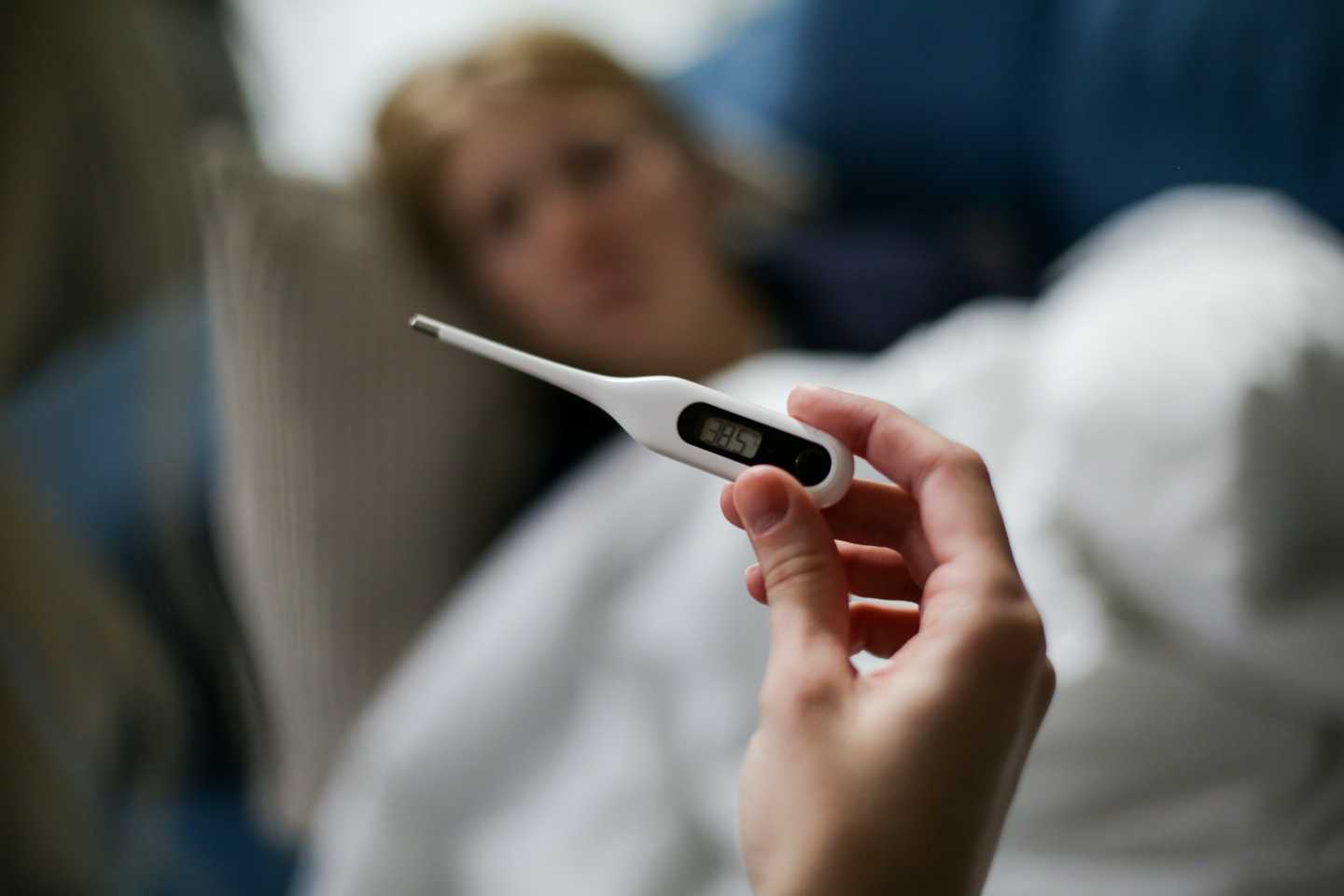
Employers and employees both have Work Health and Safety (WHS) obligations which include preventing sick individuals (including employers and leaders) from attending the workplace if they are unwell.
Presenteeism at the workplace poses a big WHS risk. While there is a tendency to ‘persevere’, symptoms and even medications to suppress symptoms can affect an employee’s ability to perform work (eg operate machinery) and therefore have a potential to injure/ harm themselves, other employees and members of the public.
Employers can act early and should not wait to manage such a situation if and when it arises. While employees cannot be forced to take sick leave, you can direct them to take sick leave in circumstances where there is an objective WHS risk caused by the employee's poor health (coughing, sneezing, bleary eyes and other obvious health impacts on them or others).
Getting an employee to take sick leave
1. Propose that the employee take sick leave
Employees are often reluctant to request a sick day out of possible fears about how others in the workplace (including employers) might perceive their absence.
We recommend that employers be the first to communicate their concerns with the employee (e.g that you have observed the employee sneezing and coughing) and propose that the employee take sick leave. In most cases, we expect the employee to agree to this, saving employers from having to utilise a more direct approach.
Initiating this conversation also demonstrates to the employees that the employer has genuine concerns about their health and wellbeing and is supportive of its employees taking sick leave when necessary.
2. Discuss concerns with WHS obligations
If the employee still insists on working, the employer should raise further concerns with the employee that their poor health and their refusal to take sick leave can impact others in the workplace. Additionally, employers must also make clear to employees that they have a WHS obligation to maintain a safe work environment not just for them but also for others in the workplace (they may be more willing to take sick leave once they understand this).
At this stage, if the employee continues to be unwilling, employers can consider two options:
(a) explore work from home arrangements – consider this only if the employee is fit to work but remote work is preferred to reduce the risk or impact on others in the workplace (e.g spread of germs); or
(b) direct the employee to obtain medical clearance to continue work – employers should only direct employees to obtain medical clearance only if there are genuine concerns for their fitness for work. Alternatively, you could also suggest that if the employee agrees with the employer’s direction to take sick leave (provided there are reasonable grounds to do this), then the employee will not need to produce a medical certificate.
If the medical certificate does not clear the employee to work, then the employee will have no choice but to commence their sick leave until they are fit to return to work.
Recommendations
We recommend employers:
Include the rights of the employers to direct employees to take sick leave (when presenting obvious symptoms) and/or to direct employees to participate in assessments to confirm their fitness for work in employment contracts and the relevant policies.
Set clear expectations by establishing a fitness/ wellness and/or sick leave policy – implementing this policy will set expectations at the workplace, prescribe the steps employees need to take to meet such expectations, as well as require that they take sick leave when experiencing obvious symptoms (cough, sneeze, bleary eyes and other obvious health impacts);
Discourage ‘presenteeism’ behaviour: (a) be flexible with moving duties and jobs around to accommodate the employee’s absence; (b) be flexible with deadlines and expectations; (c) be proactive (don’t wait for the employee to request sick leave. Employers should suggest sick leave as soon as it becomes obvious); (d) check-in regularly on your employees and/or implement a ‘buddy’ system to monitor health and well-being; and (e) review employees’ workloads – the health and well-being of employees can also be affected by their workloads. Reviewing and appropriately managing their workloads can avoid the need/ frequency of having to take sick leave.
Cultivate a supportive culture – consider whether the work environment discourages employees from taking sick leave;
Set a good example – if the employers/ leaders are unwell, they must likewise take sick leave – this also contributes to building a supportive culture (above)
Edge Legal
Relationships. Respect. Results
Sign up for our 'Tips & Trends' Articles
You will get short, relevant articles on topical areas with actionable steps and real commentary
We care about the protection of your data. Read our Privacy Policy.